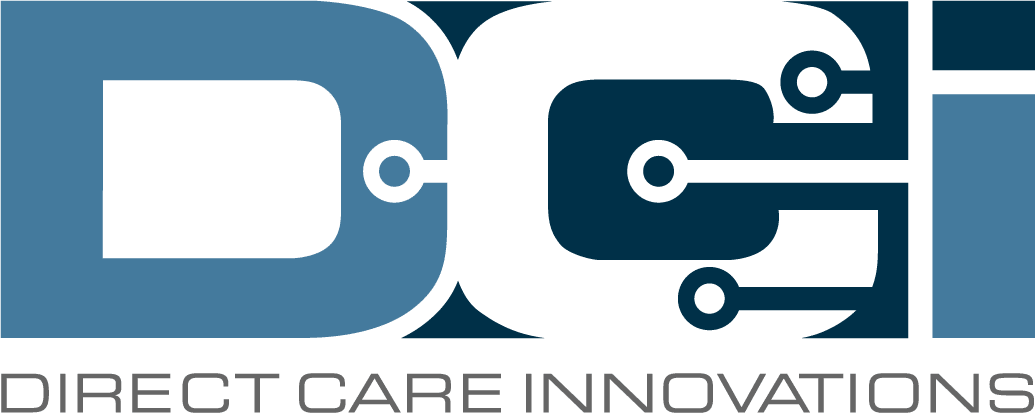What is People First Language?
People First Language
Most Americans will experience a disability some time during the course of their lives. Disabilities can affect people in different ways, even when one person has the same type of disability as another person. Some disabilities may be hidden or not easy to see. In all situations, people want to be known as people, not an identifying characteristic, age, culture, religion, disability, etc. This is where knowledge and being aware of people first language comes in handy. Keep reading for more information on people first language and how to use it when referring to others.What is It?
People First Language is a concept that arose around 1988 from professionals and advocates. There was and is an obvious difference in perception of ability by the reference or words used to describe an individual. For example, for years, references have included – “He/She is Epileptic.” “He/She is a Quad.” “He/She is Down’s”, rather than a reference to the person – “He/She has a seizure disorder” or “He/She uses a wheelchair” and “He/She is diagnosed with Down’s Syndrome.” People first language is emphasizing the person. People with developmental disabilities, for example, are people. Differences do not define us. When the focus is on the disability and not the person, it can make the individual feel less valued and result in different treatment. People first language keeps the importance of the person first and the disability second.Why Should it Matter?
Each of us can relate to a time where we were treated differently and didn’t feel it was fair or warranted and possibly discriminated against. It may have been because of our name, clothes, hair, eye color or even weight. Language can make an impact on how others are viewed and how groups of people see themselves. If the focus is on the disability and the words are used in a certain way, it re-defines the interpretation of the person, communication opportunity and outlook of the relationship. It appears that an individual with a disability may not be able to do certain things that a typical person may do, which is quite untrue. Keep the focus of a person away from their disability by keeping them first.“The difference between the right word and the almost right word is the difference between lightning and the lightning bug.” ~ Mark Twain
How Can I Help?
Looking for steps to being more aware of how you refer to people with varying abilities? Here are a few simple guidelines:- Use the individual’s name first and if necessary, a reference to a diagnosis, or situation can come after.
- Understand the person wants to be “talked to” NOT “talked at or around”.
- Unless a person with a disability in your presence uses a term to describe him/herself, using person-first language is more respectful.

